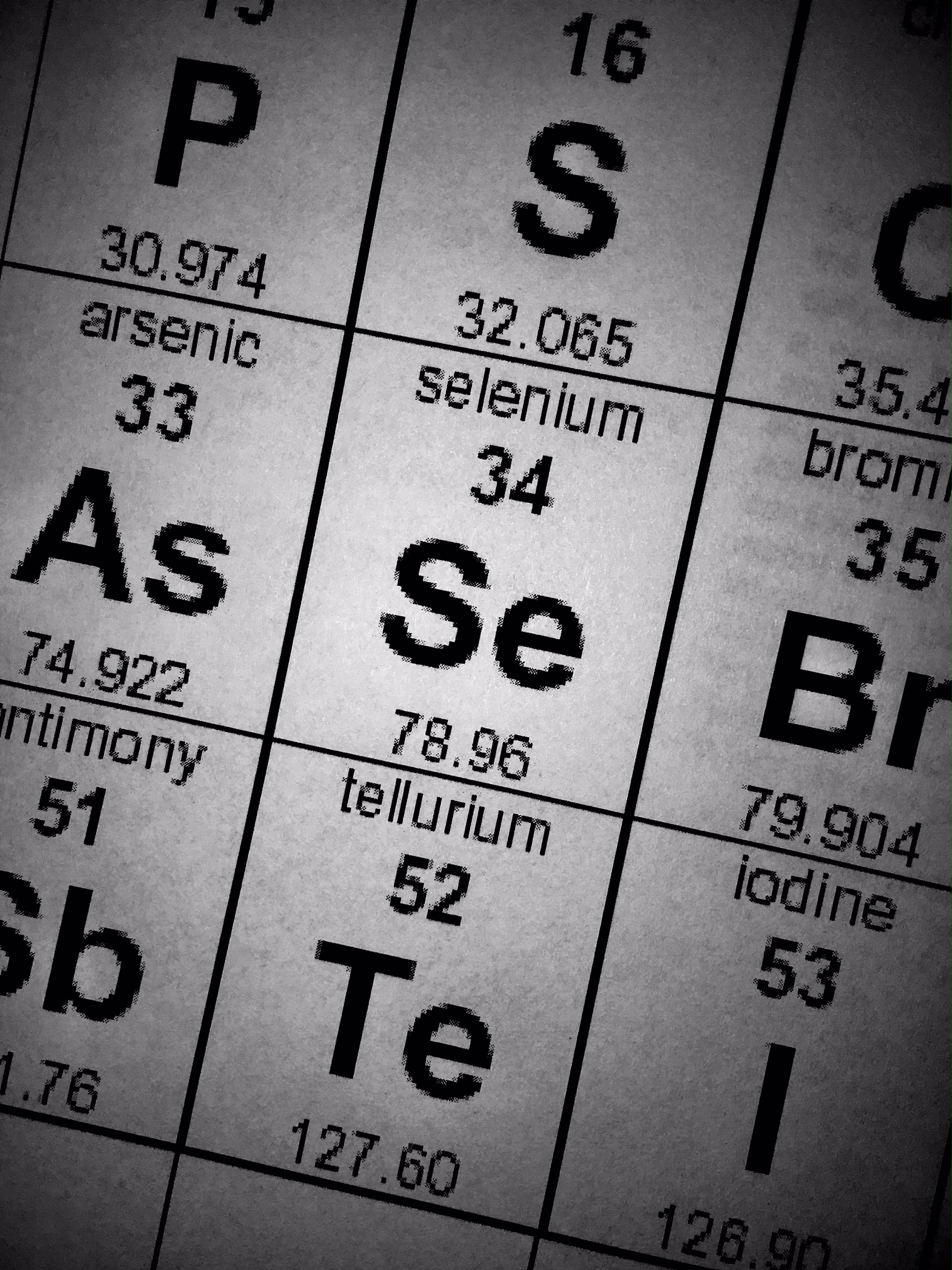Alternative medicine: Safety issues
1. Herbal medicines
 |
| Kava-kava |
In addition, the quality of some unregulated herbal products such as those used in traditional medicine may be causes of harm.
Potential problems include:
- Failure of good manufacturing practice; incomplete or inaccurate labelling sometimes leading to inability to identify the product or its ingredients; incorrect dosage or instructions.
- Adulteration (e.g. inclusion of pharmaceuticals or toxic metals); misidentification of herbs; substitution (i.e. different herb used to that which is supposed to be in the preparation); varying strengths of active ingredient between brands or batches (e.g. for St John’s wort preparations)
The amount of reliable safety information available about herbal medicines can be very limited. This lack of data makes it difficult to provide information in response to common clinical questions such as: Will it interact with my prescription medicines? Is it OK to use in renal impairment? Could it be causing my patient's hyperglycaemia? We highlight some Information sources later in this tutorial that can help you by summarising published evidence or offering guidance.
 |
| Echinacea |
Many side effects of herbal products are probably dose-related Type A reactions, but the constituents of the herb and/or the pharmacology of those constituents are often not clearly established. So predicting side effects is not easy, and large-scale safety studies are generally absent. Consequently, a lot of the information about safety comes from small studies or case reports of suspected significant adverse reactions to individual herbal medicines in the medical literature. People can of course be allergic to herbal medicines too – Calendula, for example, can cause eczema-type skin reactions. The main method for reporting adverse reactions due to herbal medicines in the UK is to the MHRA through the Yellow Card scheme.
2. Homeopathic medicines
There is no evidence that homeopathic medicines interact with conventional medications. In practice, if a homeopathic medicine is from a reputable source and the strength is stated, it is generally accepted that they are so dilute that they do not interact with conventional medicines or cause adverse effects.
However high concentration or products whose strength is unknown could contain active ingredient(s) and could potentially interact with conventional medicines.
3. Dietary supplements
Dietary supplements also have the potential to cause adverse effects and to interact with conventional and alternative medicines. Some products contain levels of vitamins or minerals in excess of those in prescription-only medicines and high doses can cause toxicity. Patients taking chronic high doses of selenium, for example, can develop selenosis – a condition which has symptoms such as fatigue, skin/hair/nail changes, peripheral nerve damage, gastrointestinal upset, and can be fatal.
The Food Standards Agency has set safe levels of intake for vitamins and minerals.








